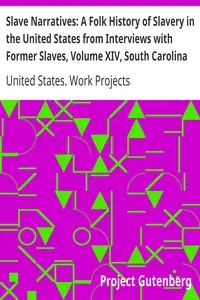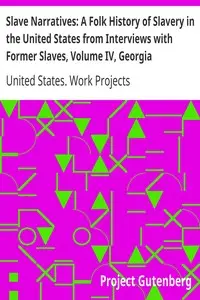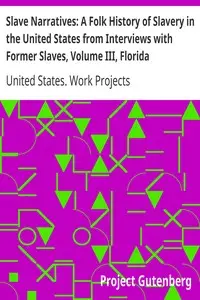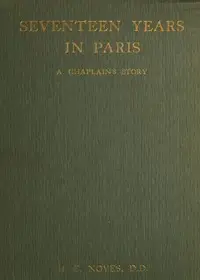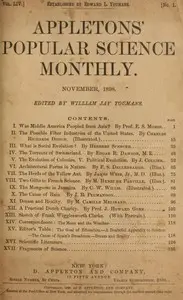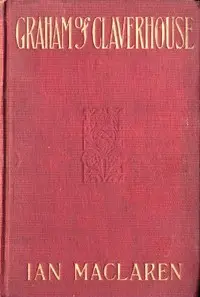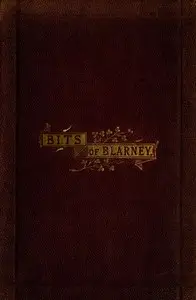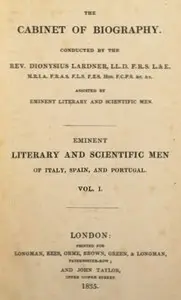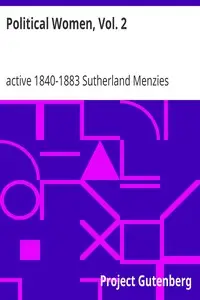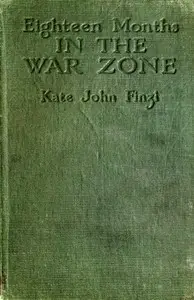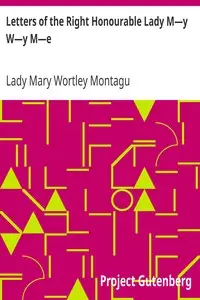"Slave Narratives: A Folk History of Slavery in the United States from Interviews with Former Slaves" is a historical account compiled by the Federal Writers' Project in the late 1930s. This work contains firsthand accounts from former slaves, predominantly from the Southern United States, and seeks to document their experiences and reflections on slavery and life after emancipation. The narratives were collected as part of a larger effort to preserve African American history and culture. The beginning of this collection introduces several former slaves, each sharing their life stories and memories from the time of slavery and the Civil War. Clarice Jackson recalls her life in Arkansas, expressing mixed feelings about her experiences during slavery and the changes she has seen in the younger generation. Israel Jackson shares harsh memories of his cruel master while also narrating his journey to freedom. Through their interviews, these individuals reflect on personal struggles with education, economic hardship, and familial relationships, offering a poignant glimpse into their resilience and faith despite the challenges they faced in both slavery and the post-war era. The opening portion sets the stage for a deeper exploration of the complexities of their lives, beliefs, and the legacy of slavery in America. (This is an automatically generated summary.)
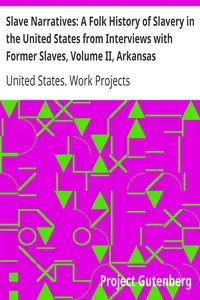
Slave Narratives: A Folk History of Slavery in the United States from Interviews with Former Slaves, Volume II, Arkansas Narratives, Part 4
By United States. Work Projects Administration
"Slave Narratives: A Folk History of Slavery in the United States from Interviews with Former Slaves" is a historical account compiled by the Federal ...
Genres
Released
2008-04-24
Formats
epub
mobi
epub (images)
mobi (images)
epub3 (images)
Free Download
Overview
About the Author
The Works Progress Administration was an American New Deal agency that employed millions of jobseekers to carry out public works projects, including the construction of public buildings and roads. It was set up on May 6, 1935, by presidential order, as a key part of the Second New Deal.
Total Reviews
10.0k
Total reviews from Goodreads may change

